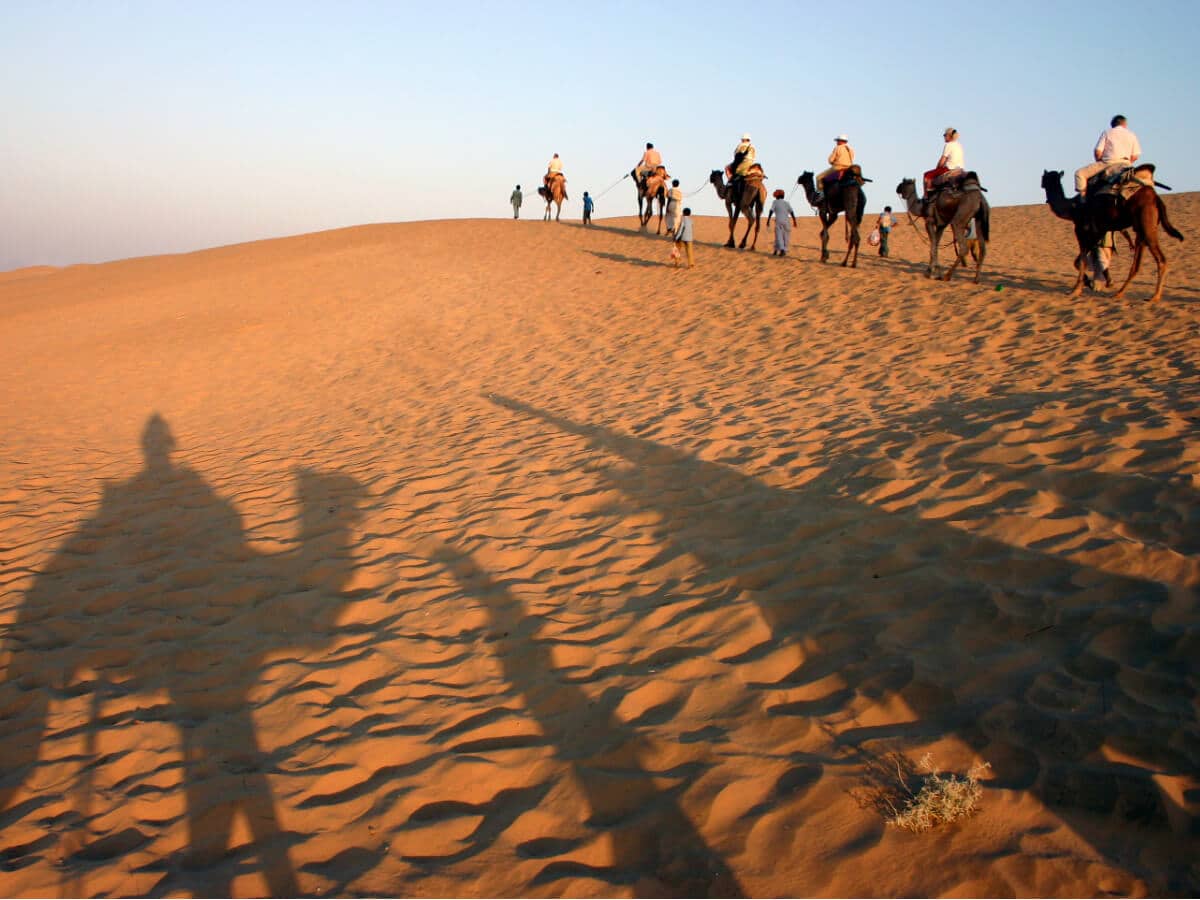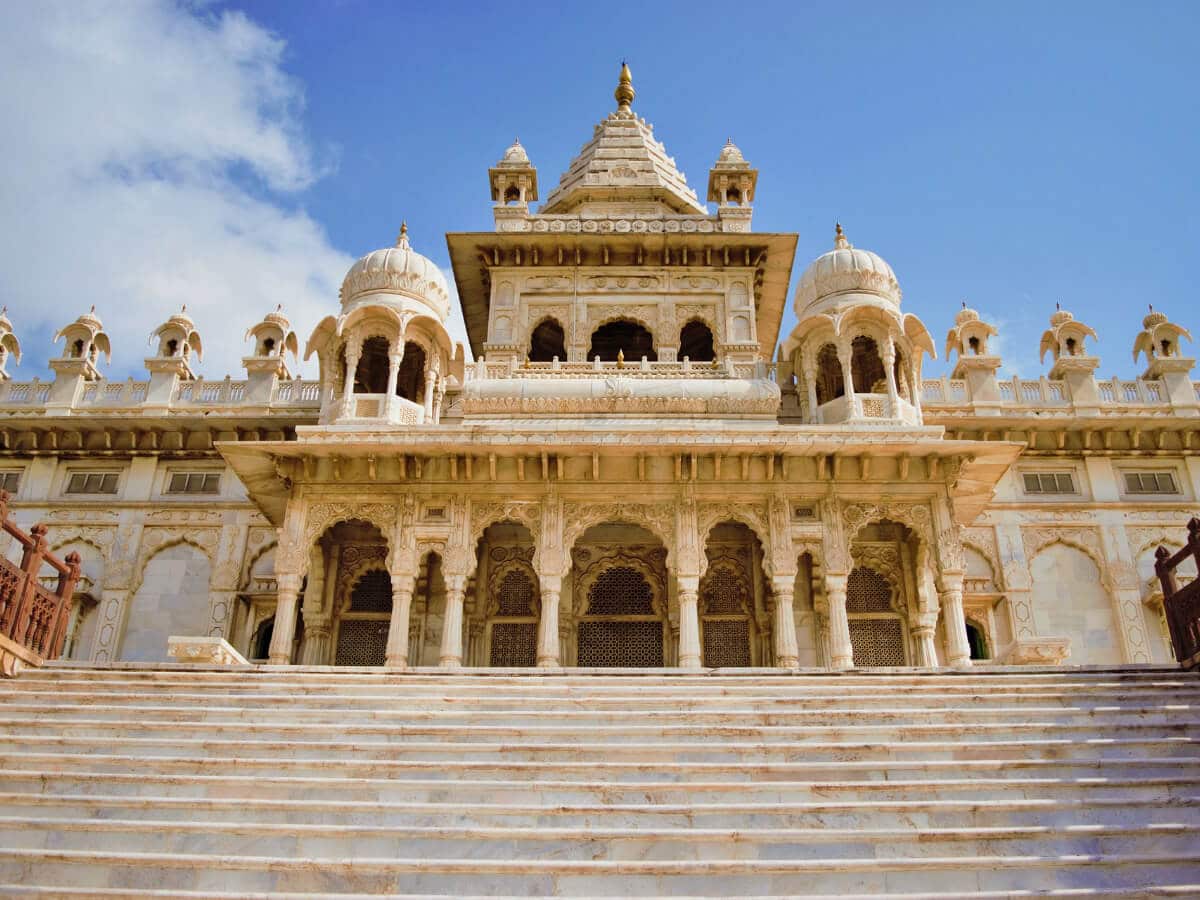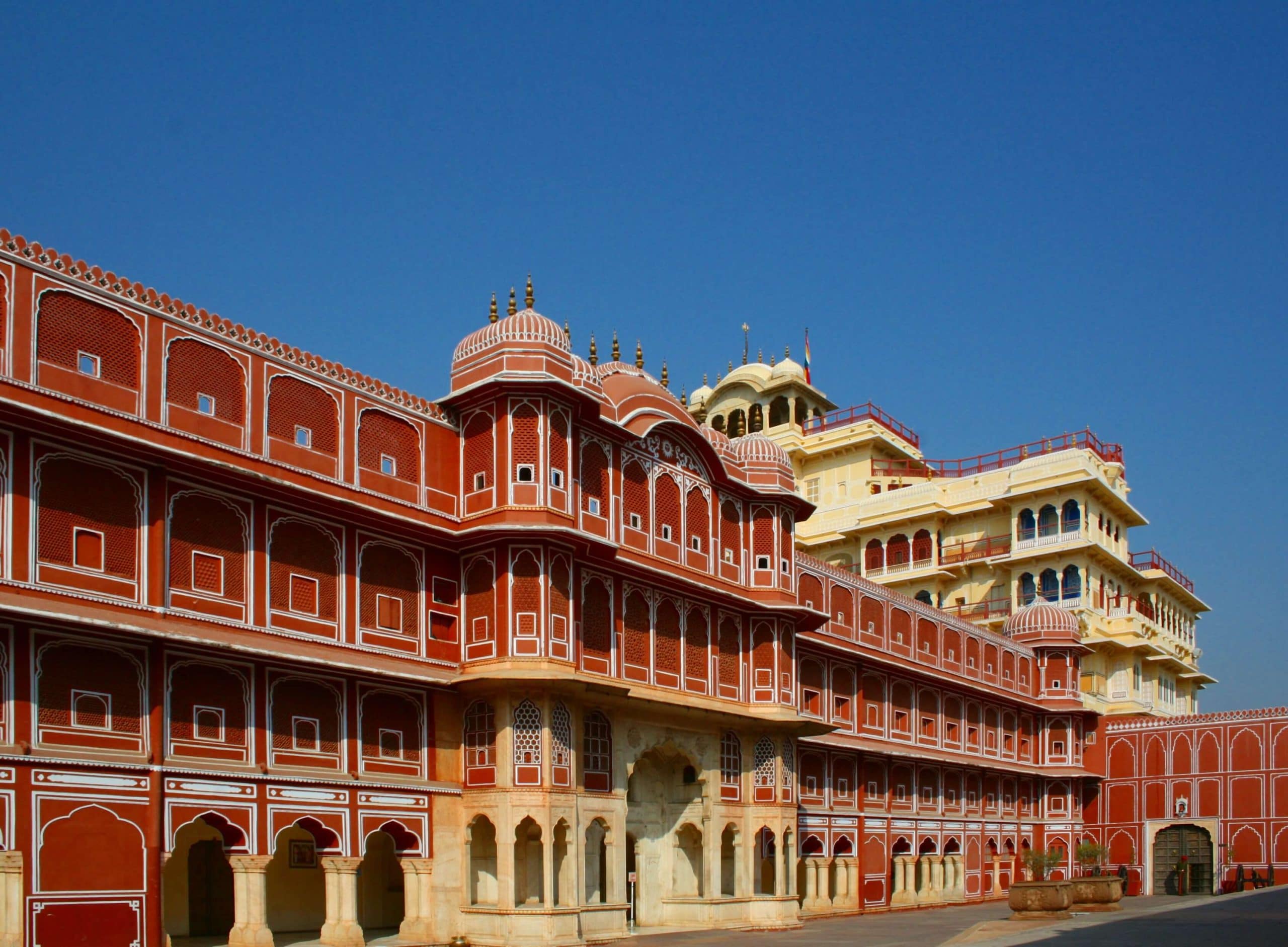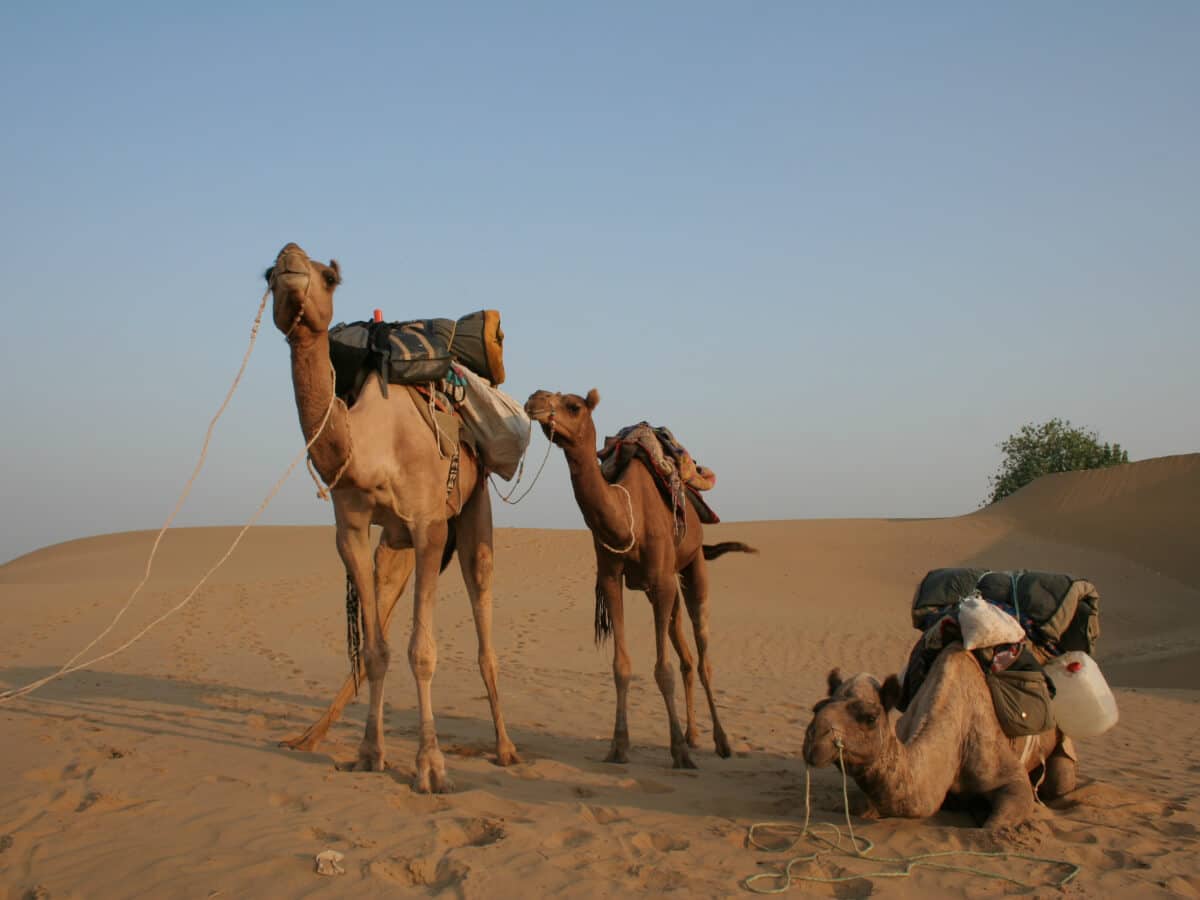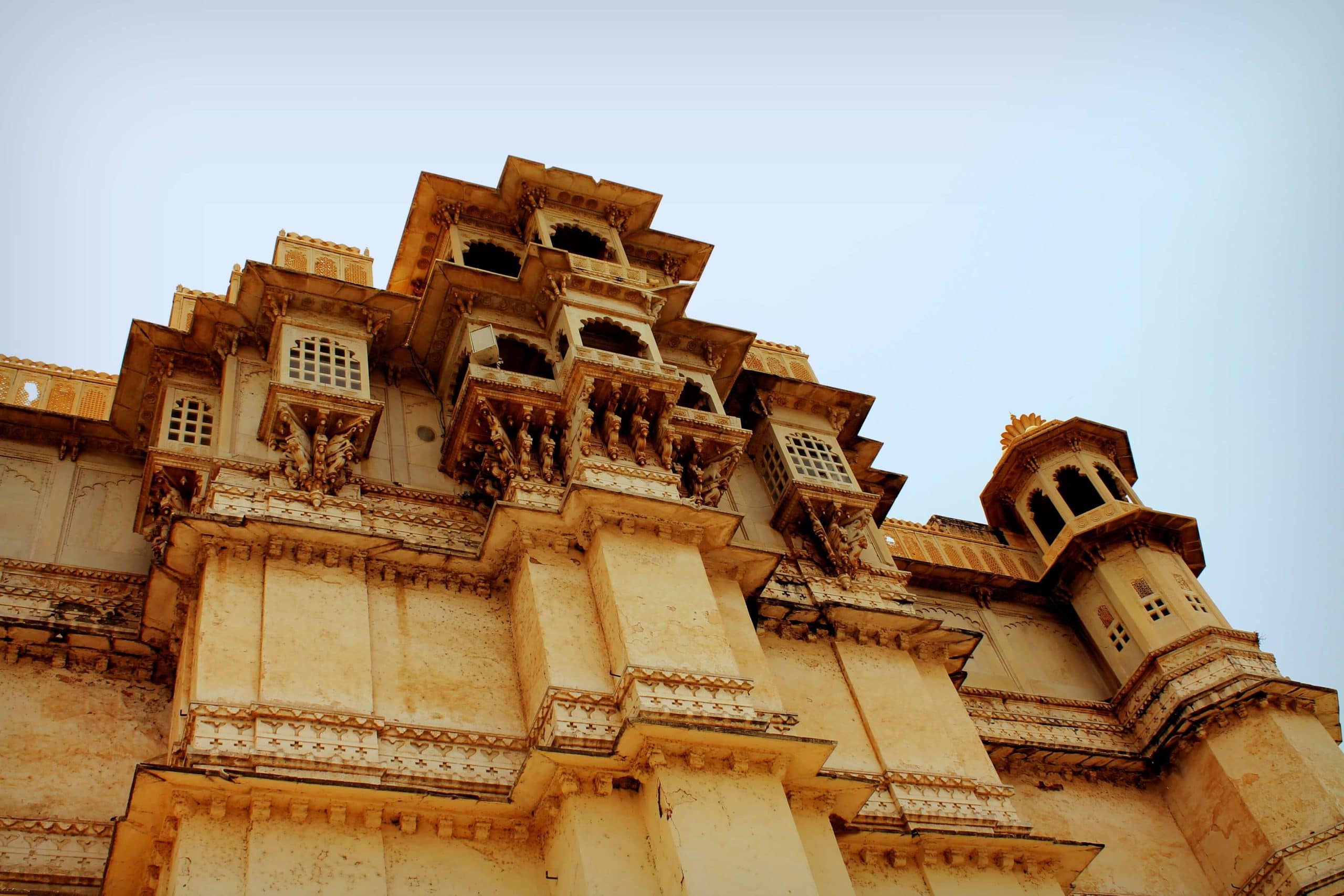Tour Package
Jaipur Tour Packages
SUPER DEAL PRICE
STARTS FROM
per person on twin sharing
ATMs common in Jaipur, limited in villages.
Credit cards widely accepted, not in all places.
Banks are common in Jaipur, rare in villages.
The legal drinking age in Jaipur is 18.
Jaipur residents are known for warm hospitality.
Jaipur - Overview

By Purpose
Couples
For Newlywed Vacations
Family
For Family Vacations
Top Travel Destinations
Hawa Mahal
Amer Fort
City Palace
Jantar Mantar
Nahargarh Fort
Albert Hall Museum
Galtaji Temple
Jal Mahal
Jaigarh Fort
Birla Mandir
Sheesh Mahal
Jawahar Circle Garden
Everything You Need to Know About Jaipur
Jaipur is a land of royalty, architectural wonders, and cultural significance. Fondly known as ‘The Pink City’, it’s the capital of Rajasthan and also the state’s largest city. Welcoming millions of tourists every year, it forms a part of India’s Golden Triangle, a popular tourist circuit which also includes Delhi and Agra. From exploring the palaces and forts to tasting the delicious Rajasthani cuisine, there is so much to do in the city, all of which you can accomplish with GT Holidays’ Jaipur tour packages. Let’s dive deeper into the history, cuisine, culture, shopping scene, and tourist attractions of the city so you can understand why a trip to Jaipur is a must at least once in your lifetime.
Call or send a message on Instagram for customised Jaipur tour packages.
View All Jaipur Tour Packages
FAQs:
Book Your Dream Vacay Today!












